Louis Vuitton reopened its refurbished flagship store in Florence in March 2019 to great fanfare from the fashion industry. The brand made great play of the fact that, alongside all the luxury apparel and accessories, the store is replete with artworks including works by Italian artists such as Osvaldo Medici del Vascello and Massino Listri.
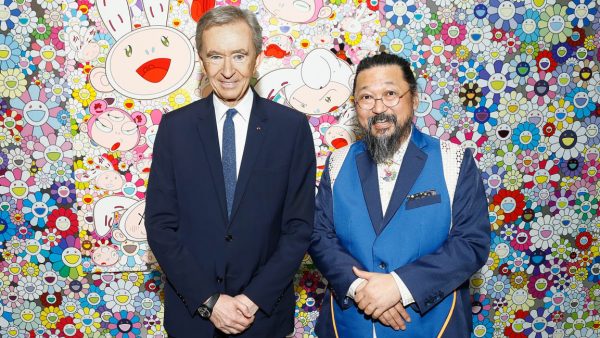
Luxury fashion brands have long collaborated with artists–studies have suggested that an association with art allows commercial brands to be perceived as more luxurious.The art world has long provided inspiration for designers setting out to produce something new or timeless. And, as the trend becomes more widespread, some major fashion houses have invited in street artists to help to promote their brands.
It’s now quite common to see fashion houses using art to promote their brands–whether this is through window displays, advertisements, and billboards, or through in-store art exhibitions, art on the catwalks, and in fashion shows. So luxury fashion brands–which know that they need a point of difference if they want to enhance the apparent exclusivity which enables them to charge higher prices for their products–are moving directly in the art field. Instead of using art for mere commercial purposes, they have started to invest conspicuously in the cultural industry.

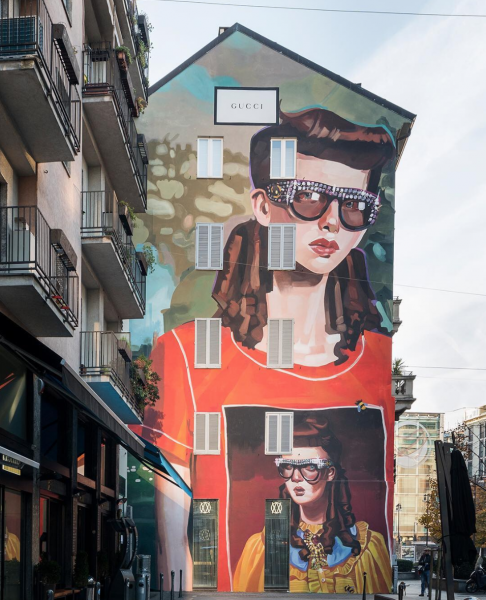
Salvatore Ferragamo, Trussardi, Hermes, Porsche, Gucci, Prada and Louis Vuitton are just a few of those luxury fashion brands that are investing in art. They are collecting valuable contemporary (sometimes modern) art pieces–and, in the spirit of being authentic, they are also commissioning new pieces of art from both emerging and well-established artists.
MODERN MEDICI
Prada and Louis Vuitton have gone one step further– Fondazione Prada in Milan and Fondation Louis Vuitton in Paris may carry the names of fashion houses–but they are fully-fledged art galleries.
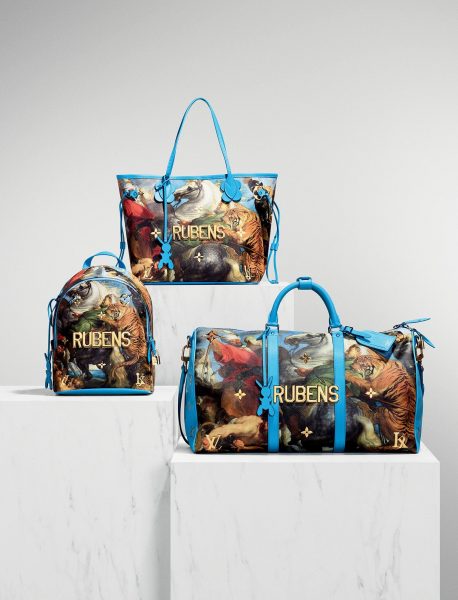
Prada’s private collection contains pieces by Jeff Koons and William N Copley, to mention just two. The brand has also commissioned and produced pieces by artists such as Anish Kapoor and Thomas Demand, while pieces such as Nu bleu aux bas verts by Henri Matisse and Ladies and Gentlemen by Andy Warhol are part of Fondation Louis Vuitton’s private collection.
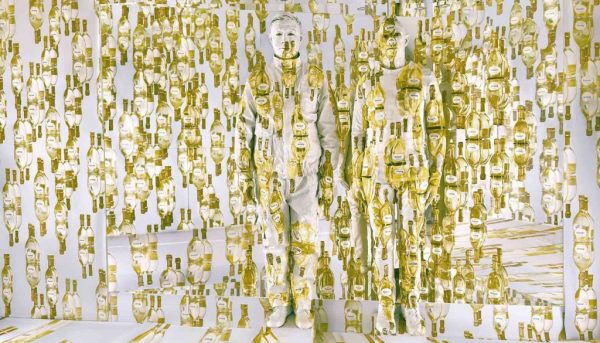
As well as investing in art and holding exhibitions of established artists, both foundations are commissioning new work.
You could almost draw comparisons with the Medici family in Renaissance Florence–the two luxury fashion houses clearly understand the enormous power that art, and culture in general, can wield in a commercial and even political context.
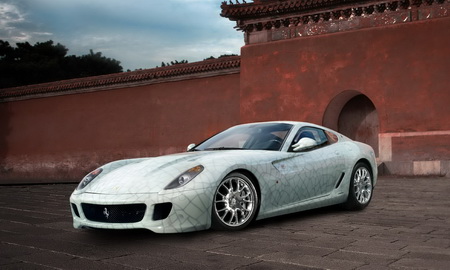
It appears that these companies are moving their brand image from that of the ephemeral–producing clothing and accessories and interpreting style and trends–to something altogether more permanent and important: that of cultural definers.
This crossover is working the other way as well. In the spring of 2017, London-based auction house Sotheby’s launched a luxury and lifestyle division that focuses on jewels, watches, cars, wine, and fashion. At the same time the Sotheby’s Institute of Art in London launched “Art of Luxury,” a 15-week immersive introduction to the global industry of luxury goods and services. Course leader Federica Carlotto said:
Art and luxury have a long history of influencing each other to create timeless, aspirational experiences. From creative and editorial collaborations with artists like Salvador Dali, Cindy Sherman, Ed Ruscha and Takashi Murakami, to brand and creative directors increasingly drawing on trends and philosophy of art in their work.
MISSION? OR MONEY?
But are either of these–essentially two sides of the same commercially centered idea–actually fulfilling any of art’s core functions? Art is a such a powerful tool for good. Art can help to create a sense of community, it can help lonely people find a purpose and a group to share their ideas with. Art can help teenagers understand what they are are feeling. Art can be therapeutic for people and it can help people from diverse communities find common bonds.
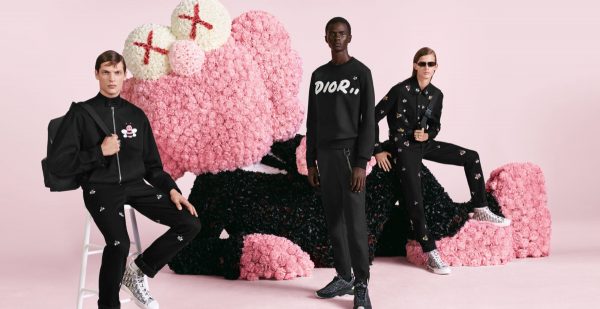
To what extent are these foundations actually doing this? The Prada Foundation’s mission says it aims for “an attitude of openness and invitation” and to “find new ways for sharing ideas.”
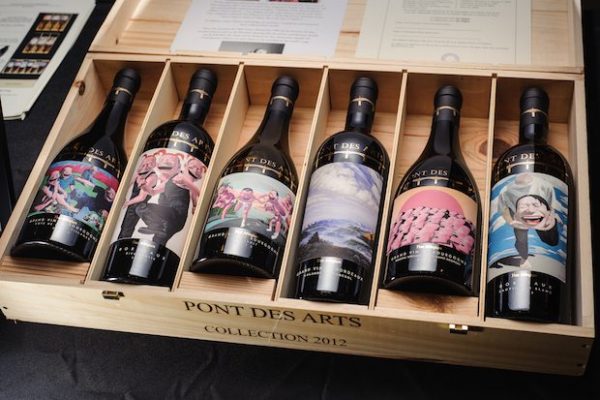
It all sounds good, but in reality it’s very old-fashioned and traditional and flies in the face of many museums and galleries that are trying new things to engage the public with art. Prada has a great program for children where experts of specific fields–math and physics, for example–give lectures explaining difficult ideas to children using art. It’s a brilliant concept–but why not have something that engages adults just as much? At the moment it is hard to see that these forays into the art world are about anything more than merely enhancing their own brand.
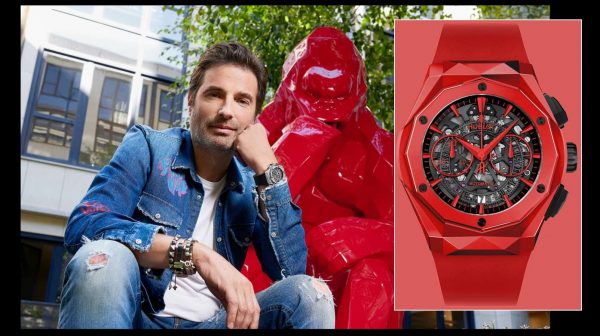
These brands are pioneers when it comes to fashion trends. With their undeniable star power, names like these have the ability to make art cool again. Wouldn’t that be great?
*extracted from the fastcompany
